Decorating the kitchen : Part 1 - Best paint to use
April and we are well and truly into spring. In general, most of us have still got a little more time on our hands than usual even though the country is starting to open up slowly and as we approach two bank holiday weekends, DIY jobs are often top of mind. One of the simpler DIY jobs is decorating and the kitchen, while it might feel overwhelming, can quite often be one of the easier rooms in the house to decorate as most of the walls are covered by either base or wall units making it an ideal candidate for a quick lick of paint over the extra-long weekend.
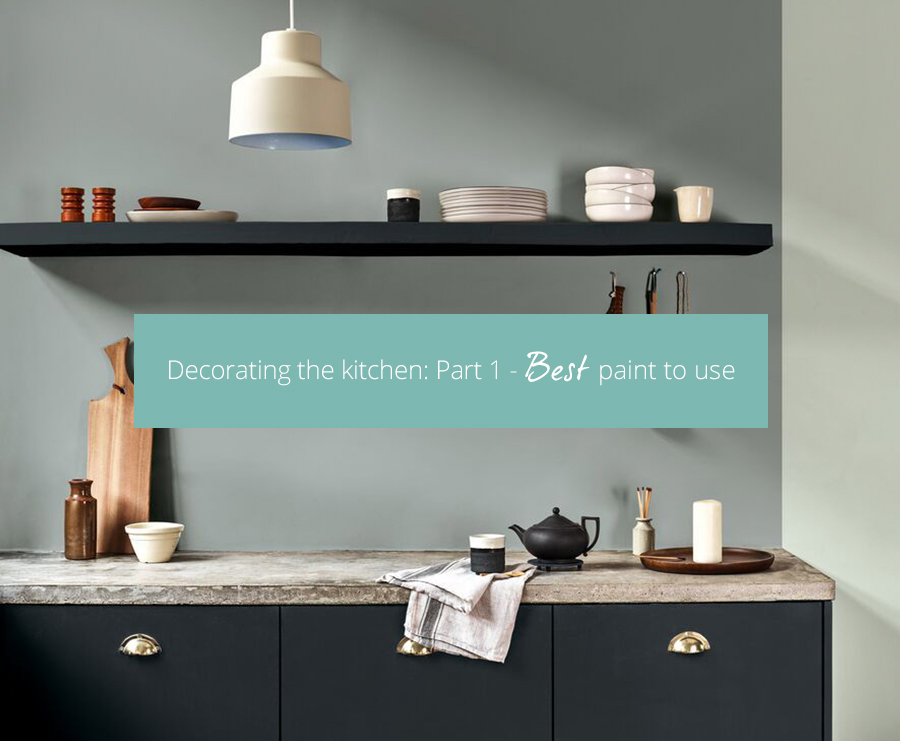
But best be forewarned – painting the kitchen can throw up some unique challenges which aren’t experienced in other rooms. Kitchens are frequently filled with steam especially above and around hobs, cookers, ranges, sinks and kettles which means the walls regularly get damp, even wet, and despite ventilation fans, moisture tends to linger. In addition, kitchens are the heart of the home, and are invariably busy hubs where everything takes place from prepping, cooking, entertaining, socialising, and working or studying which means that any paint used also needs to be durable and easily scrub-able ensuring that everyday marks, fingerprints, splashes, and stains can be removed.
Any decorating products, therefore, used on kitchen walls need to be able to withstand steam and moisture as well as be tough enough to deal with regular wiping down and cleaning.
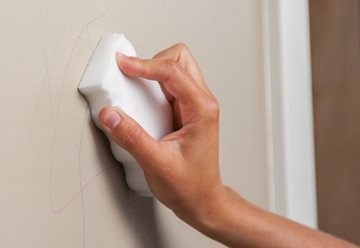
What are the options?
Matt or Flat Matt: typically, a smooth matt coating which is better in lower-traffic areas that don’t need wiping down regularly. While matt paint is good at covering imperfect walls, it tends to absorb moisture so is not ideal for kitchens.
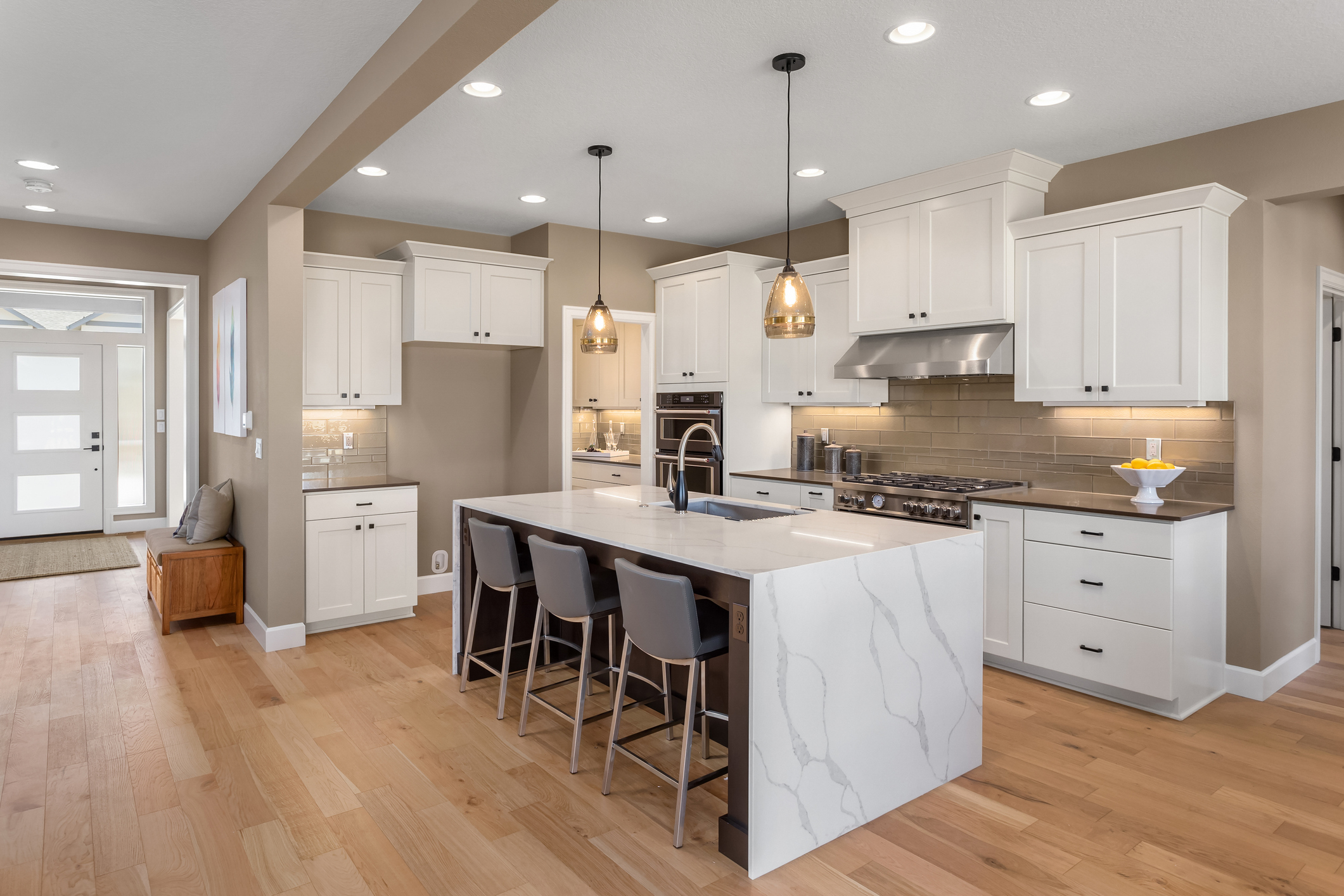
Silk: is a mid-sheen finish which looks slightly polished and reflects a bit of light. Silk can be wiped over easily which makes it practical and can be used in kitchens however if you have less than perfect walls, the lumps and bumps may show.
High Gloss: is the shiniest finish and reflects lots of light – so is perfect for paler colours. To look its best, the surface must be in good condition and without lumps and bumps. Today, high gloss is primarily used on woodwork so would be a good choice for kitchen skirting boards and windowsills.
Acrylic Eggshell: has less of a sheen than silk and looks like the surface of an eggshell! It sits somewhere between matt and a silk finish and gives a classic look and feel. It is more washable and scrub-able than a matt finish and can be used on both walls & woodwork. Being tough and durable makes it a good choice for kitchens.
Specialist: several specialist paints have been developed over recent years to be moisture and steam resistant. These paints often have mould resistant formulations, are actively designed to fight all common types of fungal growth and are usually guaranteed for a period of time. However, these paints can be significantly higher priced than standard emulsion paints.
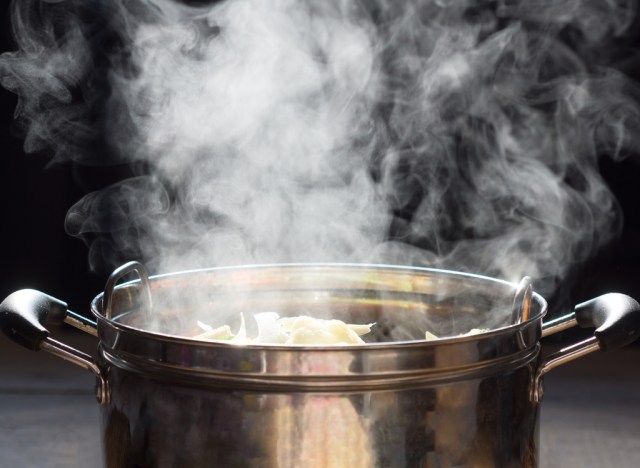
If you intend to also paint your kitchen cabinets as well as your walls, doors, and skirting boards, then market leaders Dulux suggest applying a wood or melamine primer first followed by a Quick Drying Satinwood paint which is water-based and, as its name suggests, is quick drying and won’t smell during the painting process. The finish will be a subtle sheen that is easy to clean and touch-up.
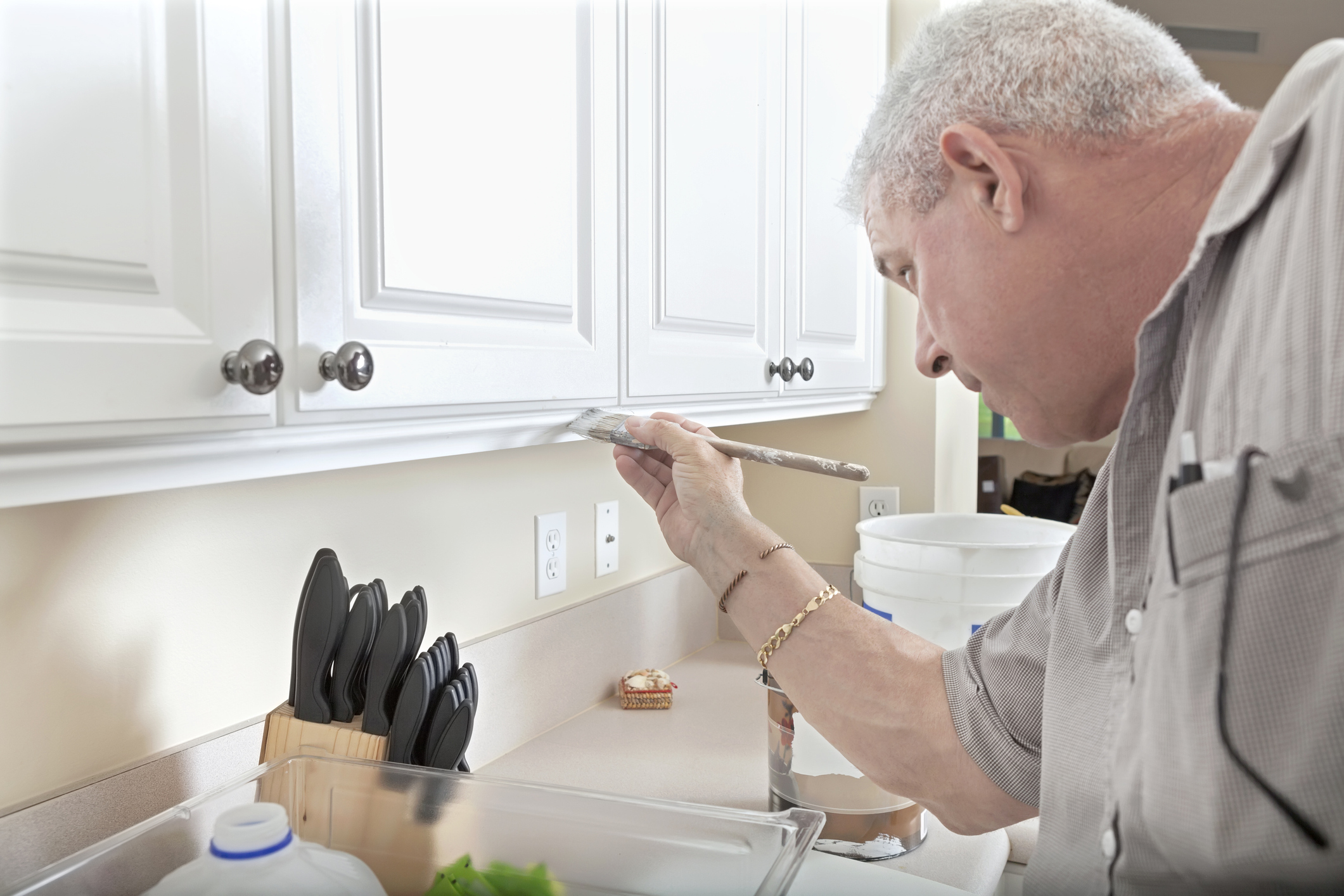
Whatever paint you choose, a kitchen needs to be well-ventilated so ensure windows are regularly left ajar to help circulate fresh air and install as decent a cooker hood or extractor fan as your budget allows.
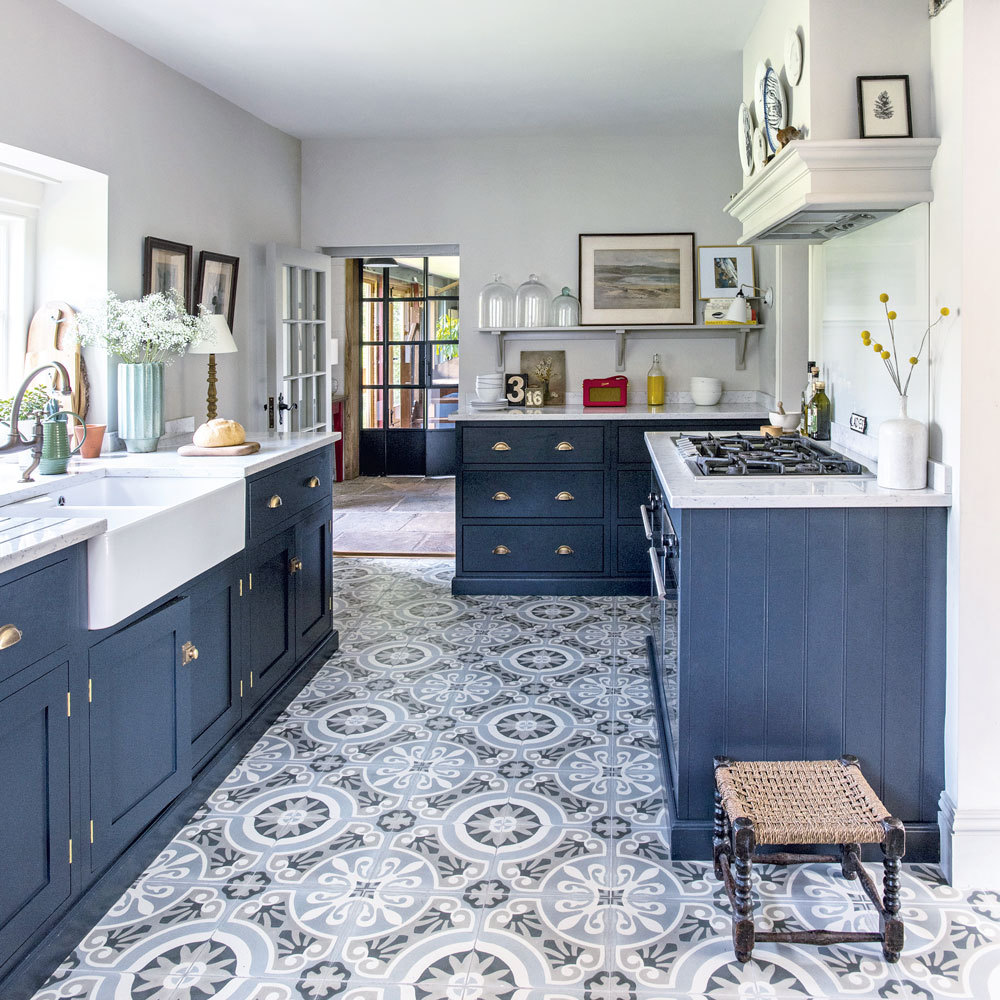
The Compare Network
Copyright – Insight Retail Group Ltd 2025 All rights reserved